Foaling and the Placenta – A calcified yolk sack remnant!
Eight foals have safely been born at the stud, we feel very fortunate everything has relatively gone to plan. We have endured premature foaling from Peyres Catori Cat with Reus, the deep red coloured placenta below, we inspect all our placenta’s and make sure they are all intact…here are just a few random pictures.
Princesse Pascale endured a challenge whilst foaling Ben, the difficulty was the positioning of Ben’s forelegs but we managed to correct this and then break his fall just as the Vet arrived!
One thing we always meet is the patience game with our maiden mares, it always takes a while for them to allow the foals to nurse but patience is something we have lots of…
Foaling is very rewarding when it all goes to plan and we have been very lucky to date but we are aware things don’t always go to plan. We are a young stud, we are still learning, therefore enrolling on a course called “Foaling The Mare” will surely only be a benefit, supported by the National Foaling Bank held at Twemlows Stud Farm.
Knowing what can go wrong is a daunting thought, when to intervene, how long before you intervene, is it in the mares best interest to wait for the vet or load the mare and drive to the vets…So many questions and time is always against you, 10 minutes can mean saving a mare and/or a foal and possibly ensuring the mare is fit for future breeding.
I cannot go into the course details but I strongly recommend anyone foaling book a place.
However, I would like to share a short video taken during the practical session where we discussed the placenta, as you can see below, this recent foaling produced a very large remnant of the yolk sac. We were all curious about its contents, a good strong steady hand with a hacksaw was definitely required!
Have a look at this video – Calcified yolk sack remnant
A very enjoyable and educational day, we also had a peak where they store Reus’s semen.
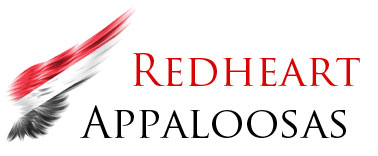
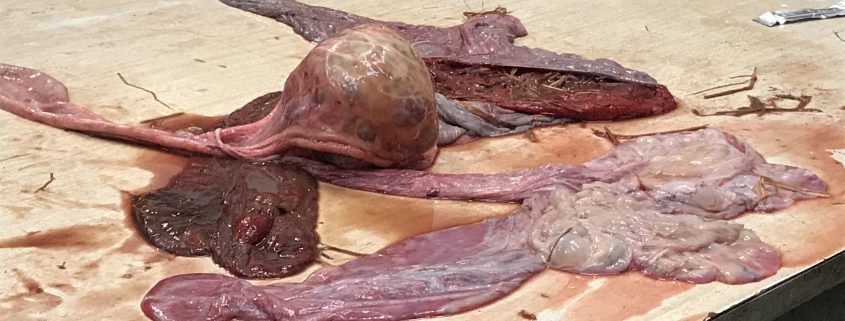








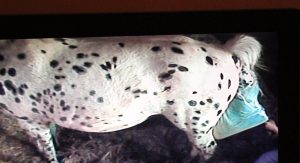
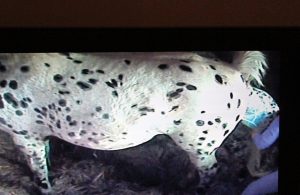
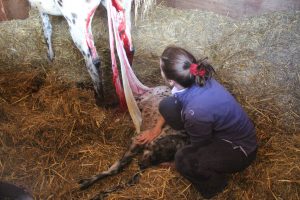
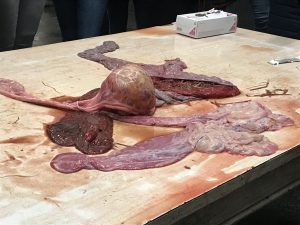
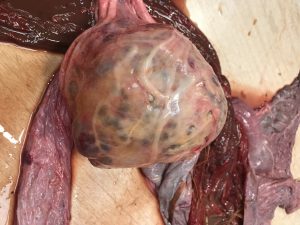
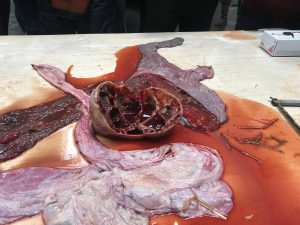
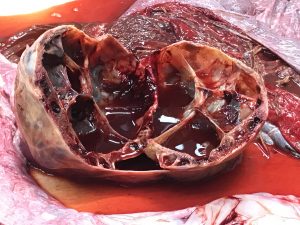


Found it by mistake, and I am an MD for humans, so I see human placentas. I’m afraid that is not an yolk sac remnant; it looks to me like an organized mass which could have been considered as multiple large subchorionic placental cysts with remote intracystic hemorrhage and subsequent calcification.
Thank you for your comment Camelia, its very much appreciated. We we can only be guided and believe what we were told on this course. The course was delivered by a team of professional experienced lecturers, under the Department for Environment, Food & Rural Affairs (DEFRA) the Royal College of Veterinary Surgeons (RCVS).
Hi there! So this year I decided to breed my 16 year old mare. Everything was going great and the baby was nearly full term. Unfortunately we lost the baby to what our vet described as placenta previa. He also noticed a large hard ball filled with liquid attached to the placenta much like the calcified yolk sac you guys showed above. Our vet suggested that this strange growth could have been the reason my mare lost her baby. I wanted to ask your thoughts on this. Could have been a calcified yolk sac or what even is a yolk sac remnant and if it would be safe to breed my mare in the future?
Hi,
Thanks for your message, I believe a calcified yolk is something that can be presented with natural birthing, therefore I would advise you to have your mare checked over by a repro vet and ensure everything is “at it should be”.
Keep an eye on her cycles and aim for her natural cycle of 2023, ensure to get ALL the relevant scans. There is a lot more to her loss and placenta previa is unfortunately just one of the risks we accept as breeders, the fact she carried nearly full term is great news, I do not know if your mare is a maiden but she did well. I certainly would take the repro vet advice. Good luck.
Kindest
Paula
Thank you Paula!
My horse is a maiden mare and it is a first for me as well, so we definitely appreciate all the help we can get. We will be keeping in touch with the vet to see if we can figure a solution to helping my mare in the future. Thank you for helping me to learn a little bit about breeding.
Best, Mckaylee